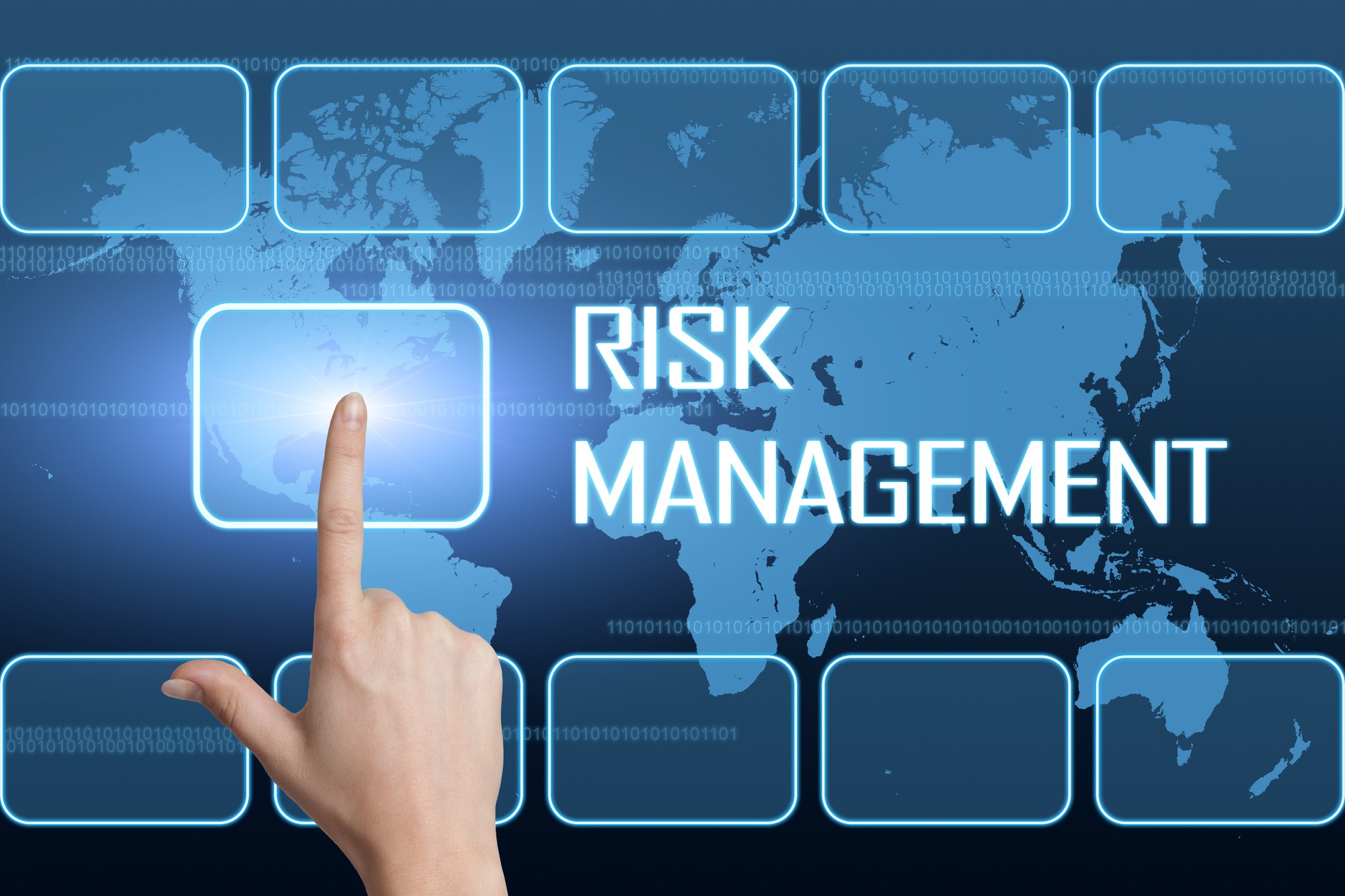While most groups can agree that the coronavirus pandemic has been hurtful to both health and the economy, not everyone is in agreement about the vaccine. In fact, a majority of unvaccinated Americans don’t want the vaccine and lack confidence in its protection.
That may be partially due to the risks involved with the vaccine. But with the right risk management framework, it’s possible to avoid many of these risks.
Find out how to manage risk related to the COVID-19 vaccine and what healthcare workers and leaders can do to ensure safety moving forward.
COVID-19 Vaccine Risk Management Framework Basics
Having a clear risk management plan can help people get vaccinated safely.
While the situation is constantly changing, these are some of the current recommendations.
Who Should Get the Vaccine?
Currently, adults are recommended to get the COVID vaccine. Meanwhile, there’s still some debate around vaccinating children. Adults who work in high-risk environments such as healthcare environments should get vaccinated to prevent the spread of the virus.
Immunocompromised people are also recommended to get the vaccine, since their immune systems may not be strong enough to properly fight and recover from COVID-19.
The vaccine is also recommended for those who have had the virus in the past. But if you currently have a fever or other virus symptoms, you should postpone getting the vaccine.
People who have a history of severe vaccine allergies or anaphylaxis to any ingredient in the vaccine should not get vaccinated.
Minimizing Risk After Vaccination
People who have received the vaccine should be aware of possible risks and side effects after vaccination.
High-risk symptoms include trouble breathing, chest pain or pressure, confusion, or blue skin. To manage risk, it’s best to call emergency help if any of these symptoms occur.
There are several other symptoms that are common after vaccination. Flu-like symptoms such as fever, headaches, and other aches and pains are typically normal.
For those who have recently gotten the vaccine, there may also be a rash or redness in the injection site. This is typically normal, and it can even show up several days following vaccination.
How Many Doses Are Needed?
Different vaccine brands have different requirements. The dose depends on the brand and the latest recommendations.
These recommendations are changing over time. For example, boosters are starting to be rolled out for some patients.
The initial required dose may not be enough for long-term protection against COVID-19. For that reason, boosters may be considered as one risk management tool.
Risk Management for Healthcare Workers
Healthcare workers are heavily involved in the risk management framework for the COVID-19 vaccine.
Firstly, healthcare workers play an important role in screening patients interested in receiving the vaccine. Patients should be screened for a history of medicine and vaccine-related allergies. It should also be noted if they are pregnant, have underlying diseases, blood disorders, or nervous system disorders.
With these patients, a doctor or specialist may need to give their permission first.
Healthcare workers can help manage risk of patients getting vaccinated. Knowing what symptoms to look for in recently-vaccinated people can help prevent serious reactions to the vaccine.
After patients have received the vaccine shot, healthcare workers should monitor them for any adverse reactions. Allergic reactions are especially important to monitor, since anaphylaxis can be life-threatening.
Healthcare workers should also be aware of serious side effects that may occur several hours or days after the vaccine. Unusual symptoms like high-grade fever, trouble breathing, heart issues, frequent vomiting should be quickly treated.
Aside from helping to manage risk for vaccinated patients, healthcare workers should also take their own health into consideration.
For example, healthcare workers may need to receive the vaccine in order to work in clinics and hospitals. Even after vaccination, a mask and gloves may be recommended.
When working with patients, remain cautious and aware of potential COVID-19 symptoms. With an increase in virus variants, there is still a risk of becoming infected. Stay up to date with current variants and their symptoms.
Risk Management for Employers and Managers
For professional and work environments, the vaccine does not eliminate all risk of the coronavirus.
When managing employees, it’s important to plan risk management solutions to avoid an outbreak at work. This includes creating a plan for both vaccinated and unvaccinated employees.
In many cases, employers can require employees to get the vaccine. But this alone shouldn’t be the only risk management tool.
Even vaccinated employees may catch or spread the coronavirus. It’s also important to remember that recently-vaccinated employees don’t get the full effect of the vaccination until around two weeks after their final dose.
Because of these points, employers may want to consider continuing some social distancing or remote work options. For example, office spaces may need to be rearranged, and clear partitions may be installed. Offering partial work-from-home schedules may also be one risk management plan.
As an employer, the chosen risk management framework should take into consideration the culture and needs of employees.
Recognizing the needs of employees is important for business. Risk management is crucial in the workplace, including but certainly not limited to the coronavirus and vaccinations. Learn more solutions for managing risk and safety.
Risk Doesn’t End With the Vaccine
The COVID-19 vaccine can help protect against the spread of the coronavirus. But the risks involved may leave some feeling unsure.
Having a thoughtful risk management framework can encourage vaccination, while keeping people safe. Knowing how to manage risks is the responsibility of everyone, including patients, healthcare workers, and employers.
While the vaccine may be an effective solution during the pandemic, staying careful and vigilant is important after the vaccination to continue managing potential risks.
For more news and advice on health, read more health articles on our website!

